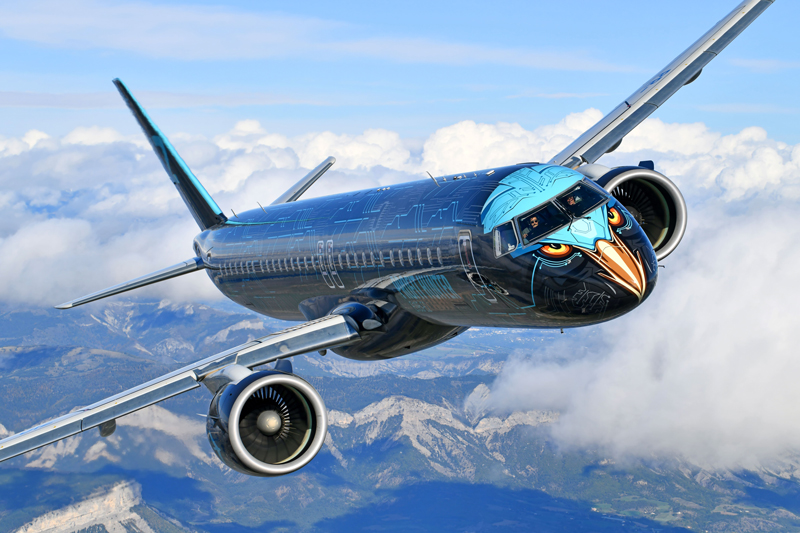Raul Villaron, Vice President for Asia Pacific, Embraer Commercial Aviation, believes this is the right moment to deliberate on emerging growth opportunities across a region widely regarded as the world’s aviation powerhouse.
The global demand for 10,500 sub-150-seat jets and turboprops will emerge over the next two decades, according to a market outlook released by Brazilian aerospace major Embraer. Of this, more than 33 per cent—approximately 3,390 units—is expected to come from countries in the Asia-Pacific region, including China.
With around 200 Embraer jets currently in service across the region, the aircraft maker continues to consolidate its footprint through performance and reliability. Fourteen airlines across seven countries have selected Embraer aircraft, including Scoot, All Nippon Airways, Japan Airlines, Tianjin Airlines, Alliance Airlines (Australia) and Virgin Australia.
These figures were discussed at the Asia-Pacific edition of the Embraer Airline Business Seminar held recently in Singapore. The closed-door event brought together airlines, financiers, consultants and aviation authorities to explore emerging trends, evolving travel patterns and the opportunities they present for aircraft types such as the E-Jets and E-Jets E2 families.
Speaking on the sidelines of the seminar, Villaron said the robust discussions reflected the evolving strategies airlines and the wider aviation industry are adopting to seize growth opportunities and improve yields in APAC, widely regarded as the world’s powerhouse of aviation growth.
“This event is an extension of our long engagement with the Asia-Pacific community and a reflection of how our small narrowbody and regional aircraft are empowering airlines to tap into unrealised potential; enhancing connectivity and flight frequency beyond major hubs to underserved destinations across the region.”
In August 2024, Virgin Australia ordered eight E190-E2s for its Western Australia regional and charter operations. Earlier this year, All Nippon Airways ordered 15 E190-E2s with an option for five more, aimed at enhancing nationwide connectivity. Both carriers will be the first to operate E2s in their respective countries.
Expanding India Flight
Embraer has significantly deepened its presence in India by establishing a wholly owned subsidiary in AeroCity, New Delhi, to leverage opportunities in the country’s fast-evolving aerospace and civil aviation landscape.
With nearly 50 Embraer aircraft and 11 types currently operational across civil and military domains, the company is gradually expanding its footprint in commercial aviation, business jets, services and urban air mobility.
Regional airline Star Air operates an all-Embraer fleet, while the aircraft maker is also in talks with IndiGo and Air India to sell its E2 jets to potentially expand its commercial footprint in the world’s fastest-growing aviation market.
During the first phase of Operation Sindoor—targeting terrorist training camps in Pakistan—the Indian Air Force (IAF) deployed Embraer ERJ-145-based airborne early warning and control (AEW&C) system platforms, equipped with Defence Research and Development Organisation (DRDO)-developed Netra radars. These aircraft played a key role in surveillance and coordination during the operation.
Following its success, India is now planning to acquire six additional Embraer jets from Brazil for conversion into advanced Netra Mark 1A AEW&C systems, further strengthening its airborne intelligence and battlefield awareness capabilities.
In February 2024, Embraer signed an agreement with Mahindra Defence Systems to jointly pursue the Indian Air Force’s Medium Transport Aircraft programme, with a focus on the C-390 Millennium multi-mission aircraft.


